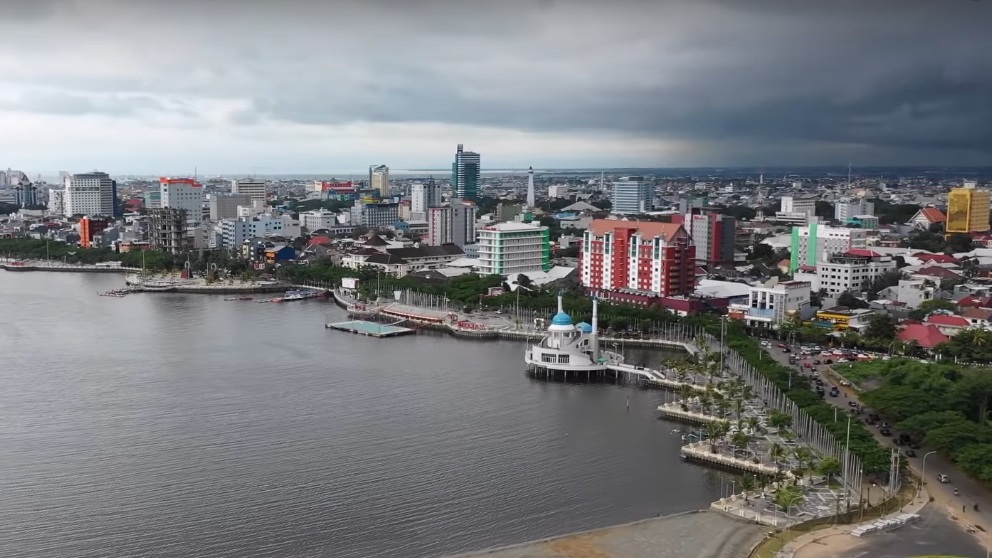
Metropolitan Sanitation Management Investment Project
Improved urban wastewater services in Cimahi, Jambi, Makassar, Palembang, and Pekanbaru.
Sectors
WaterCountry
IndonesiaPartners
Approval
Financing
Total Project Cost
$168.83 million
ADB Financing
$80 million
AIF Financing
$40 million
Australia Cofinancing
$48.83 million
ISSUE
Cities' absence of piped sewerage and wastewater treatment facilities.
Before the project, Indonesia had one of the lowest coverage rates of conventional off-site urban sewerage in Asia. Only 11 out of its 330 cities had partial sewerage systems with only 2% of the national urban population connected to central wastewater treatment plants. The remaining urban population depended on poorly constructed and maintained septic tanks and unlined pit latrines with leachates penetrating the aquifers. Some 80% of greywater drained directly to surface waters. Sanitation services were inadequate and those that existed were not integrated, due to the lack of regulations and enforcement resulting in limited desludging of septic tanks, inadequate septage treatment facilities and a fragmented operational responsibility. Improved access to safe water and basic sanitation was part of the Indonesian Government's effort to achieve its 2015 Millennium Development Goal (MDG) targets. While reports suggested good progress was achieved with sanitation, in practice, the facilities were substandard and relied on septage removal and treatment facilities which were unsustainable. As a result, there was significant environmental pollution, widespread contamination of surface and ground water with the associated spread of water-related diseases and high infant mortality. The inadequacies of this sanitation system and resulting environmental and health impacts equated to economic opportunity losses of approximately $5.6 billion annually, equaling 2.3% of the country's GDP. These issues required the introduction of (i) public sewerage and wastewater treatment facilities; (ii) an institutional framework for their effective operation and maintenance (O&M); and (iii) by public awareness of good sanitation practices.
SOLUTION
New separate sewerage systems and wastewater treatment plants, local wastewater infrastructure management institutions, and strengthened regional governments and departments.
The project provided improved urban wastewater services in the Indonesian cities of Cimahi, Jambi, Makassar, Palembang, and Pekanbaru. These cities lacked any piped sewerage and wastewater treatment facilities. The project responded to the needs of urban communities, including low-income households, by constructing new separate sewerage systems and wastewater treatment plants (WWTPs), setting up local wastewater infrastructure management institutions, and strengthening the relevant departments of respective regional governments. A total of 191.33 km of sewerage network were installed in Jambi, Makassar, and Pekanbaru (above the target at 159.4 km). WWTPs were built in three cities, with the maximum capacity as designed: 7.6 MLD in Jambi, 16 MLB in Makassar, and 8.1 MLD in Pekanbaru. 39.76% of construction workers are local (above the target at 35%). Wastewater tariff regulations indicated that poor households and households headed by women were classified as beneficiaries with the lowest tariffs. Public consultations on sewerage connections were held with women accounting for 36% of participants (above the target 30%). Gender-disaggregated indicators were integrated in the project performance monitoring system and regularly monitored through the gender action plan. Women representation in the management positions was 63% in EA, 33% in IA, and 27% in the Unit Pelaksana Teknis Daerah (UPTD). In aggregate, the increase of women representation rate meets the target at 10%. Capacity building activities on hygiene promotion, education, planning and participatory monitoring completed with 36.7% participation of women (above target at 30%). The project was closed on 30 June 2024.